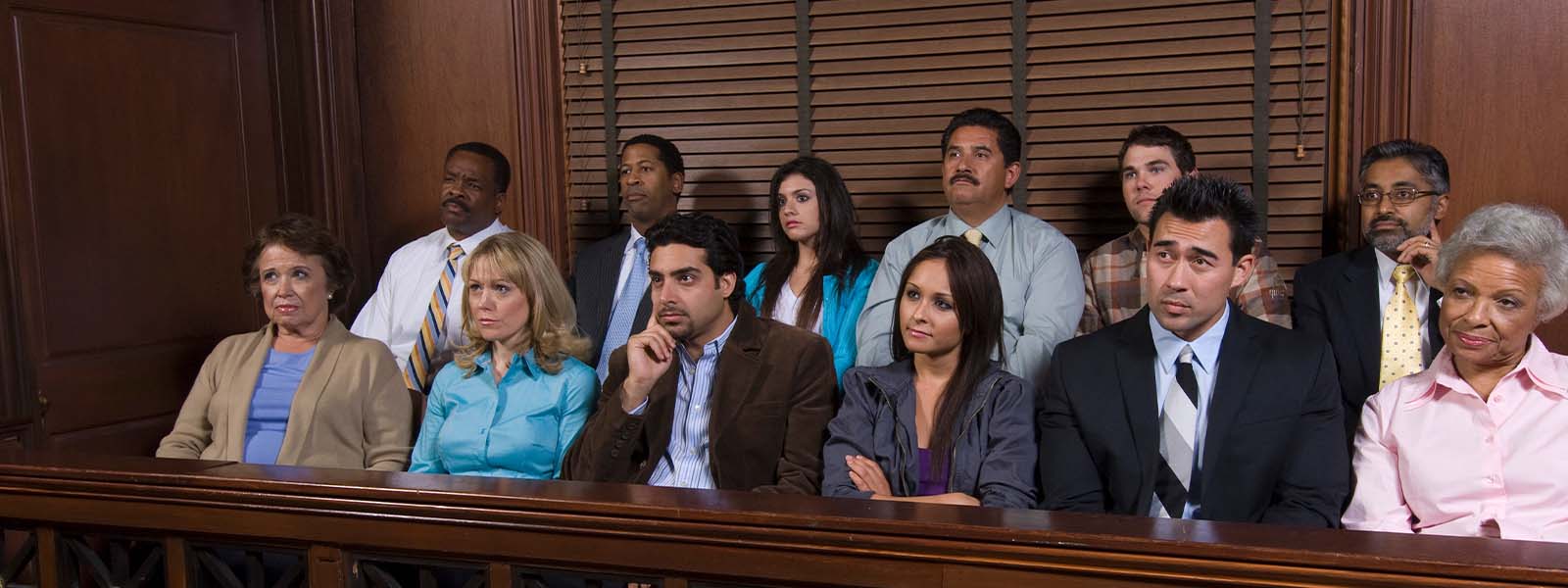Sadly, the risk that your loved one is suffering from nursing home abuse is higher than you think. You can look for certain signs to help you identify when this is happening. If you notice any of the signs, you should report the potential abuse to local authorities and contact a nursing home abuse lawyer.
When you notice signs of nursing home abuse, a nursing home abuse lawyer can help you get help. They know how to report the abuse to the proper authorities. They can also help you put together a legal claim against the nursing home that may compensate you and your abused loved one.
What Is Nursing Home Abuse?
Nursing home abuse occurs when elderly residents suffer injuries or neglect while living in a nursing home. This abuse or mistreatment is often directly at the hands of the staff. They make choices that cause harm to your loved one.
Nursing home residents often have nowhere else to go. They need constant care and supervision. They are vulnerable and need protection. Sadly, many nursing homes or certain staff members take advantage of these people.
Types of nursing home abuse include, but are not limited to:
- Emotional abuse
- Physical abuse and trauma
- Mental abuse
- Neglect
- Sexual abuse
- Financial exploitation
- Theft
- Unlawful and unnecessary confinement
- Isolation from other residents or family
These types of abuse and countless others could affect you and your family. Your elderly loved one deserves protection and the help of a licensed nursing home abuse lawyer.
5 Key Signs You Have a Nursing Home Abuse Case
There are certain key signs you should look for if you suspect nursing home abuse. This case is not exhaustive, and if you are not sure, approach an attorney for help. It is much better to be safe than sorry.
Signs of Neglect
Neglect is a certain type of abuse. It occurs when the nursing home or staff fails to take certain actions to care for an elderly resident. These failures to act can be just as harmful as intentional abuse. Neglected patients can become seriously ill and suffer severe impacts on their physical health.
Signs of neglect in a nursing home include:
- The elderly resident has unexplained injuries
- Staff keep making medication and other serious medical mistakes
- An elderly resident is very quickly gaining or losing weight
- The bedding or the room is very dirty
- The resident complains of abuse or neglect
- The nursing home has a history of abuse or neglect complaints
- Bleeding or bruising around the genitals or the resident has a sexually transmitted disease
These signs and countless others could show abuse or neglect. If you suspect either, contact the authorities and a skilled attorney to protect your loved one’s health.
Unexplained Injuries
If you notice bruises, scrapes, or other injuries that have no explanation, this could signify nursing home abuse. A nursing home resident may suffer injuries that are perfectly innocent and explainable. However, abusers often try to hide these injuries.
They may offer no explanation or one that does not make sense. Trust your instincts about whether the staff is telling the truth about an injury.
Poor Hygiene
One of the warning signs of nursing home abuse is poor hygiene. Elderly residents often cannot take care of themselves. They need help. When they don’t receive that help, they are often dirty.
The resident may smell, wear dirty clothes, or have actively soiled themselves. Ask staff about their hygiene routine but always report suspected abuse to a qualified attorney to make sure your loved one is protected.
Decubitus Ulcers
A decubitus ulcer is a medical term for bedsores. Also called pressure ulcers, they often occur when a patient’s skin and tissue suffer prolonged pressure. This often happens when the patient does not move from a chair, bed, or other static location for a very long time.
These bedsores are common in many areas of the body but are especially common on:
- Ankles
- Feet
- Back
- Hips
- Tailbone
Bedsores are painful and can become infected. They are often a sign of even more serious abuse or neglect by the nursing home.
Emotional Outbursts
Emotional outbursts may be a sign of nursing home abuse. Many residents cannot communicate normally because of their condition or mental status. However, sudden and unexplained agitation may be a sign of abuse. You should look for:
- Frequent crying
- Withdrawal or sudden fear
- Agitation and anger
- Sudden personality changes
- Complaints of neglect, abuse, or poor treatment
How an Experienced Attorney Can Help
An experienced nursing home abuse lawyer can help you and your elderly loved one. An experienced law firm can investigate your claim and determine what abuse has occurred. They can:
- Gather documents and medical records
- Conduct interviews of staff, the patient, and other relevant parties
- Use expert witnesses to prove what abuse occurred
- File a nursing home abuse claim in court
- Seek a settlement from the nursing home
- Seek compensation for the elderly resident and their affected family members
- Take the case to trial if necessary
An experienced attorney can help you seek the financial compensation you deserve. They understand the warning signs of abuse and how to pursue the case all the way through the legal process.
Do You Have a Nursing Home Abuse Lawsuit?
If you suspect or know of abuse, you should immediately consult a nursing home abuse attorney. At McEdlrew Purtell, we connect you with highly qualified nursing home abuse attorneys who know how to handle your case. We can report the abuse to the authorities and seek compensation for the injured parties.
You do not have to be 100% sure of a claim. Sometimes all you have are the signs of abuse. Let us help you figure out the truth. When your loved one is abused, we can help pursue monetary damages for them and others affected by the abuse.
Contact us today to learn more about your particular case.









